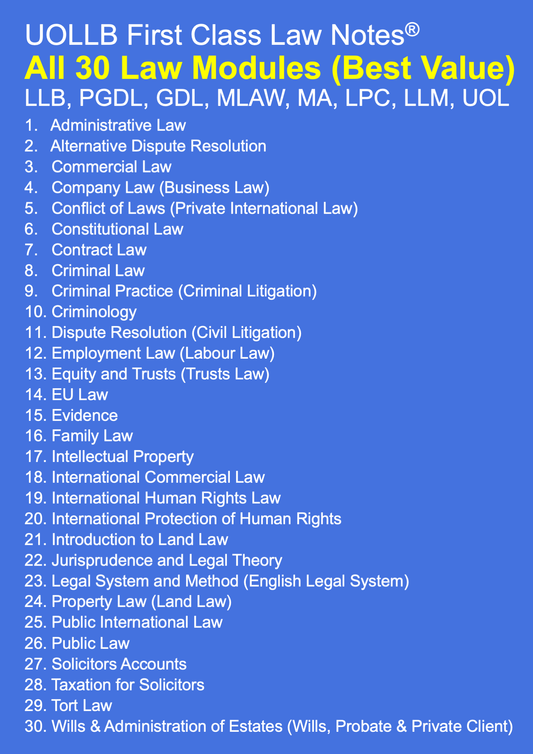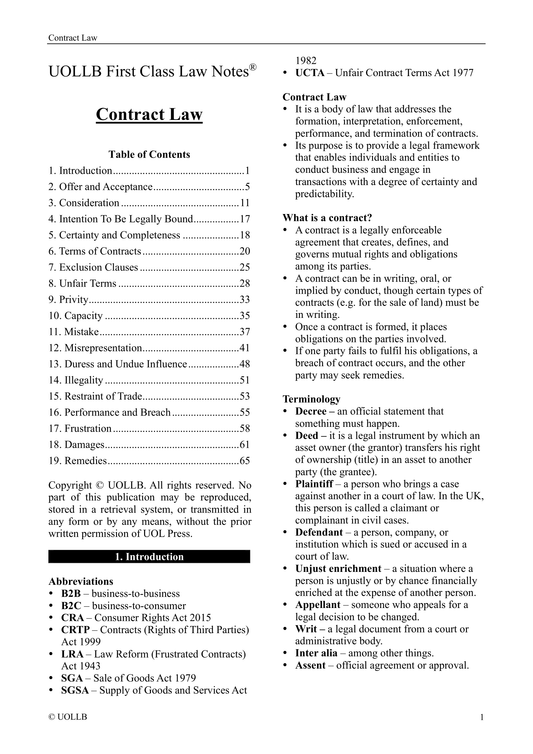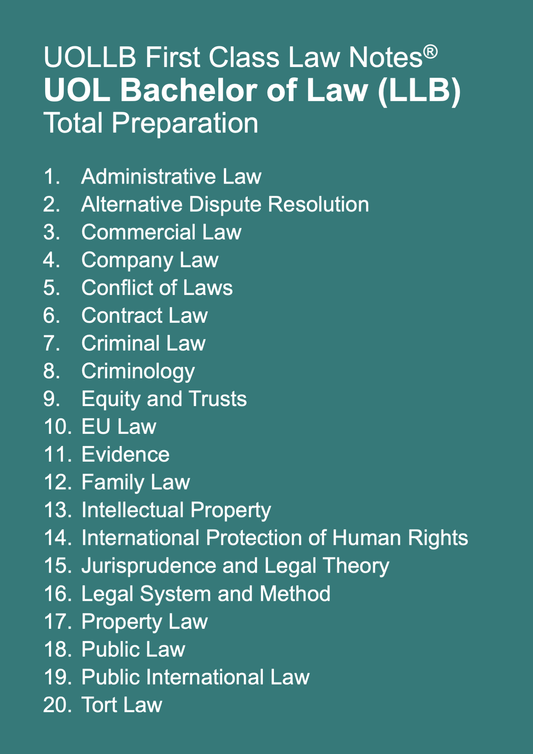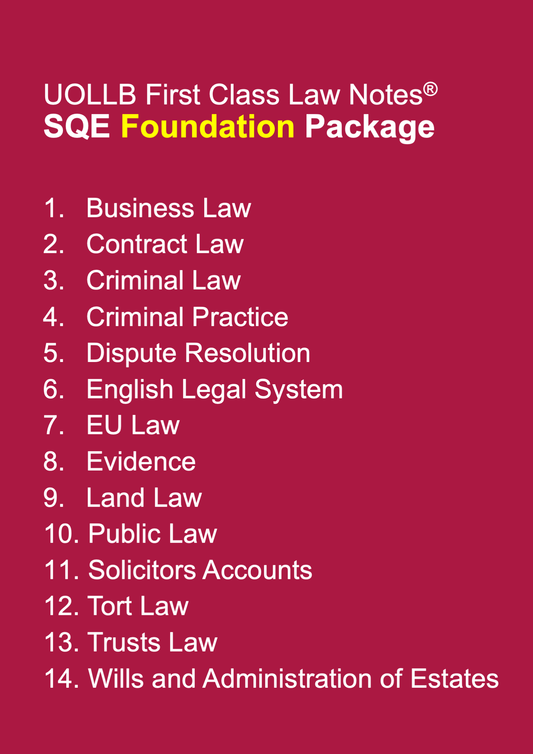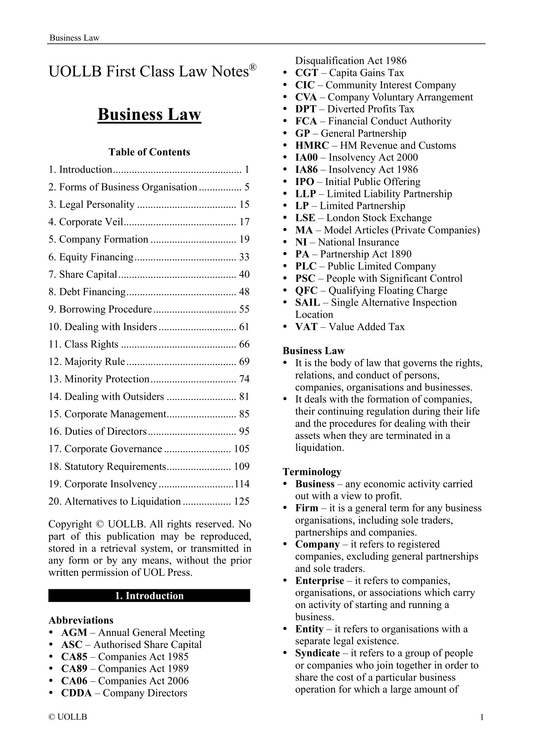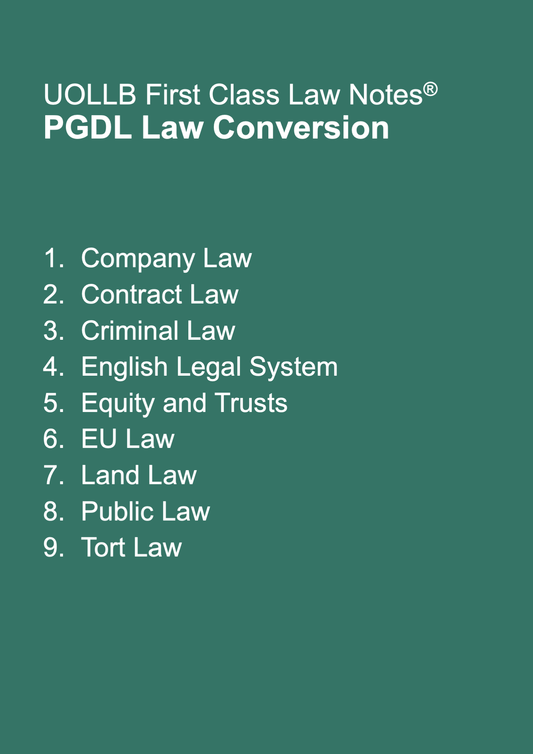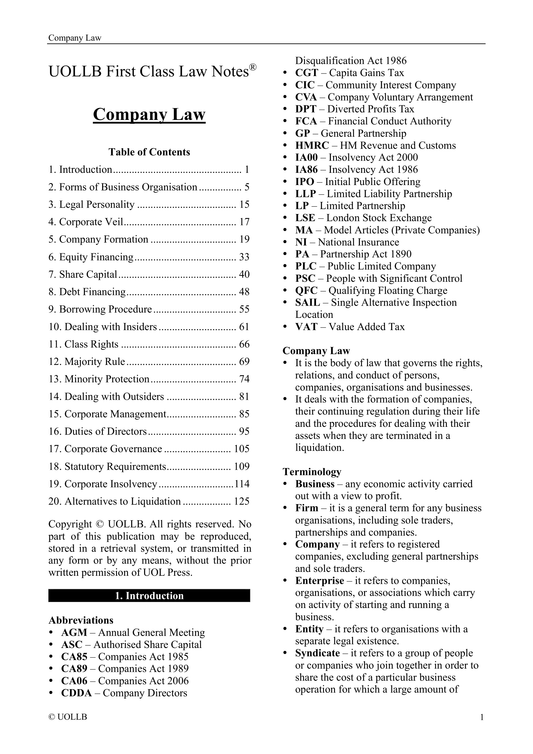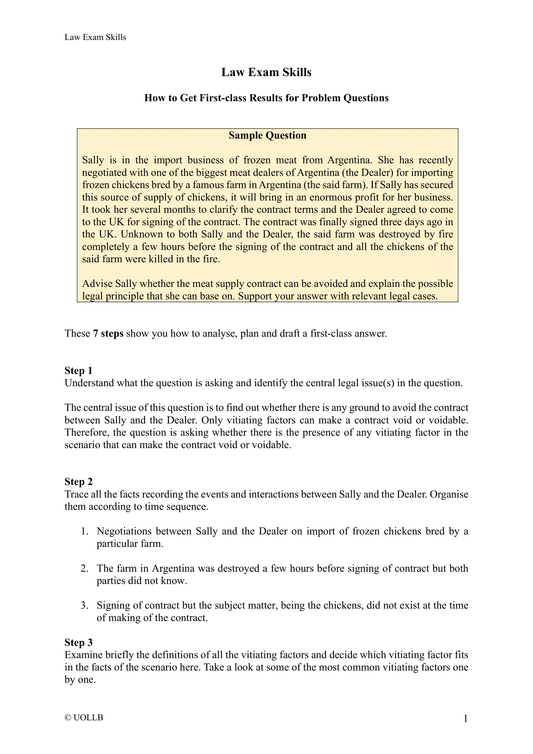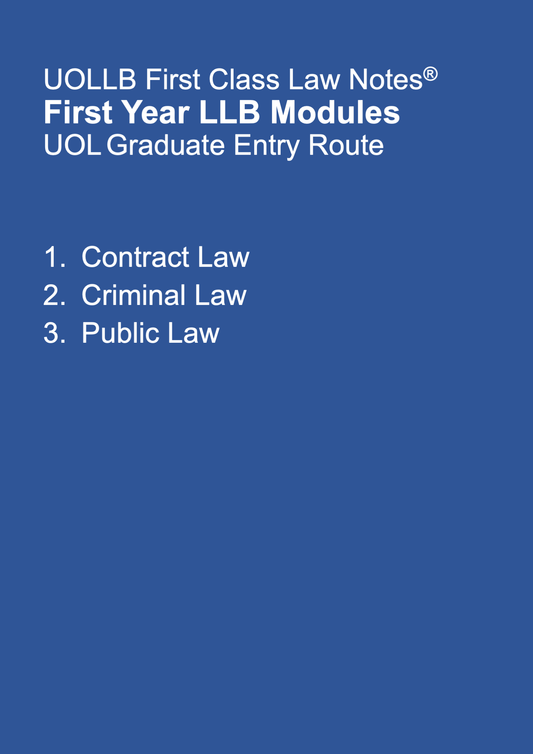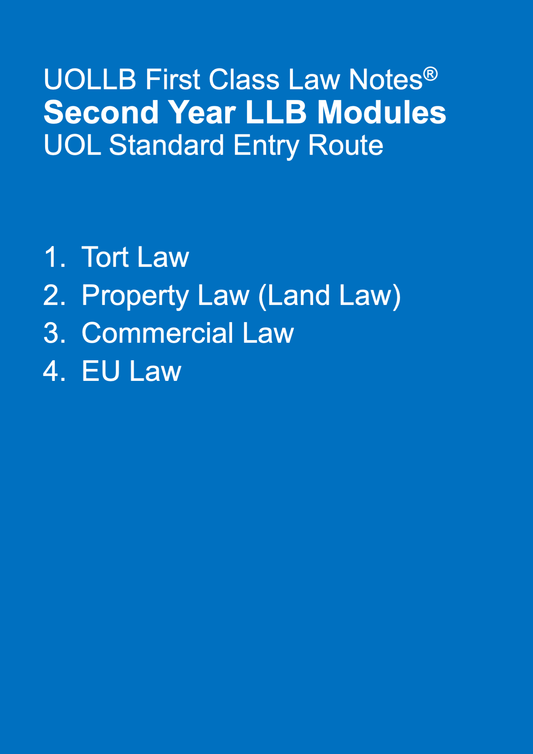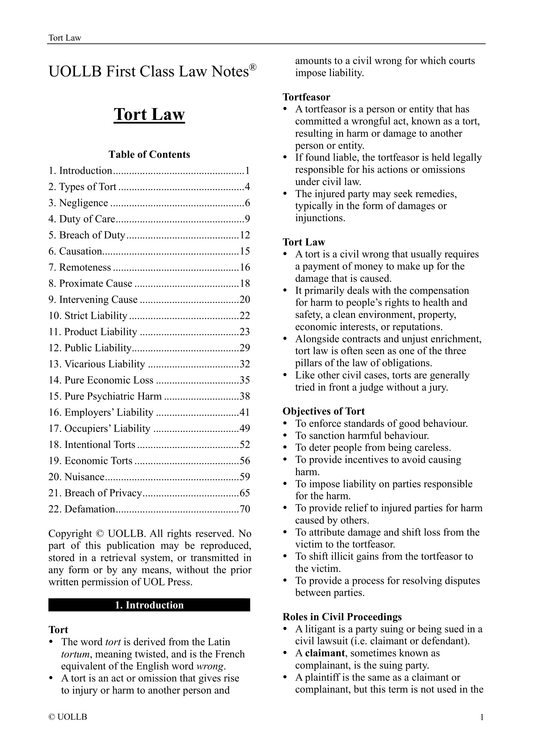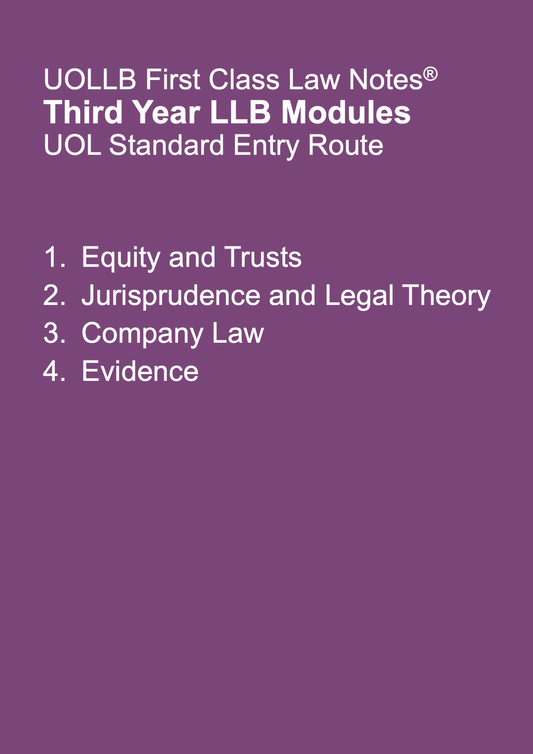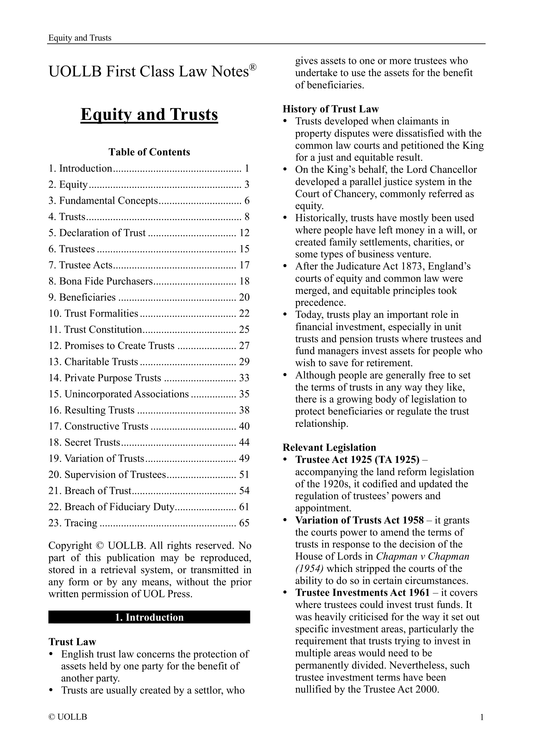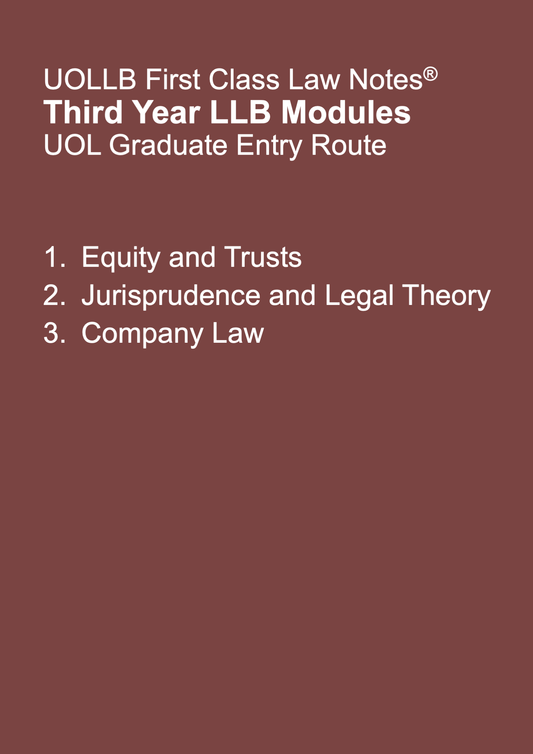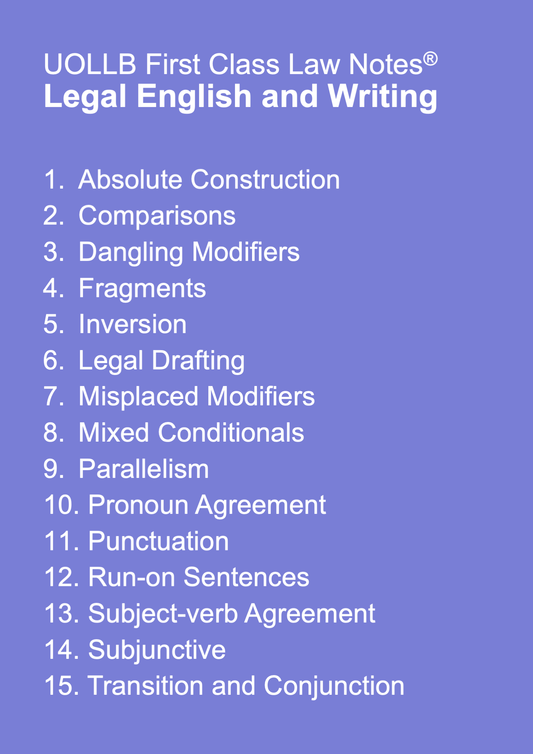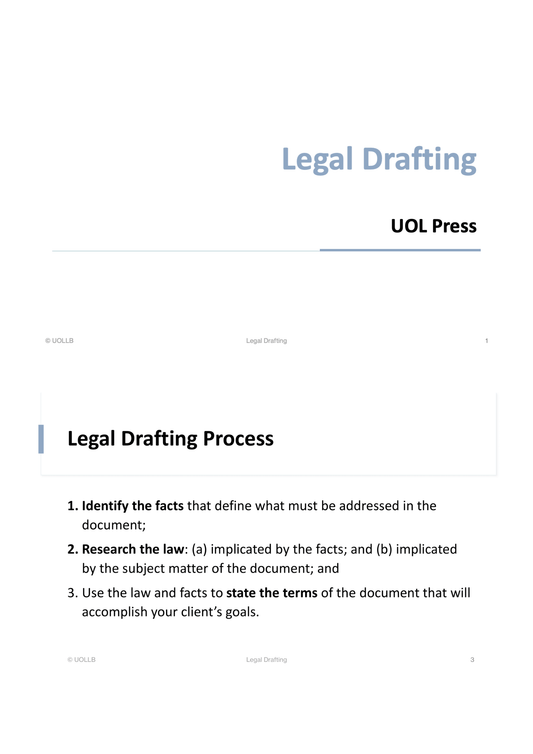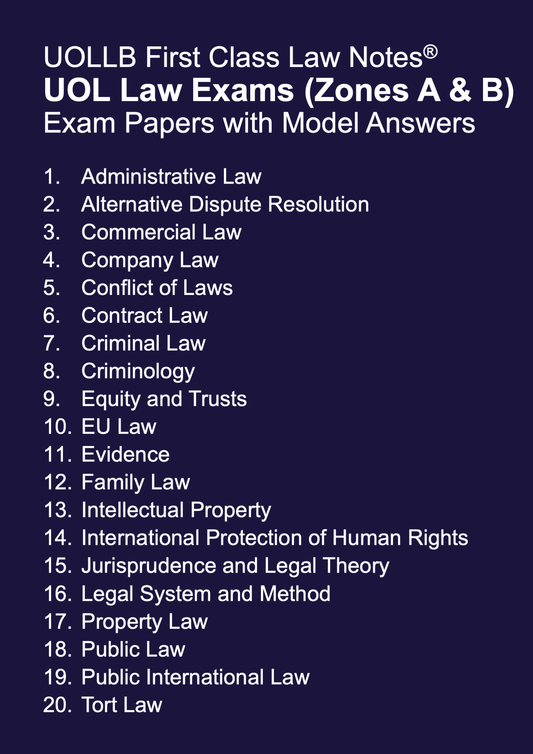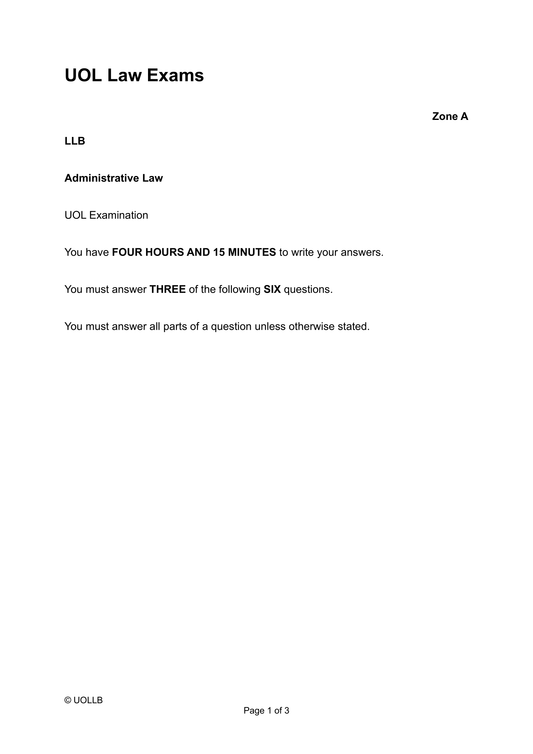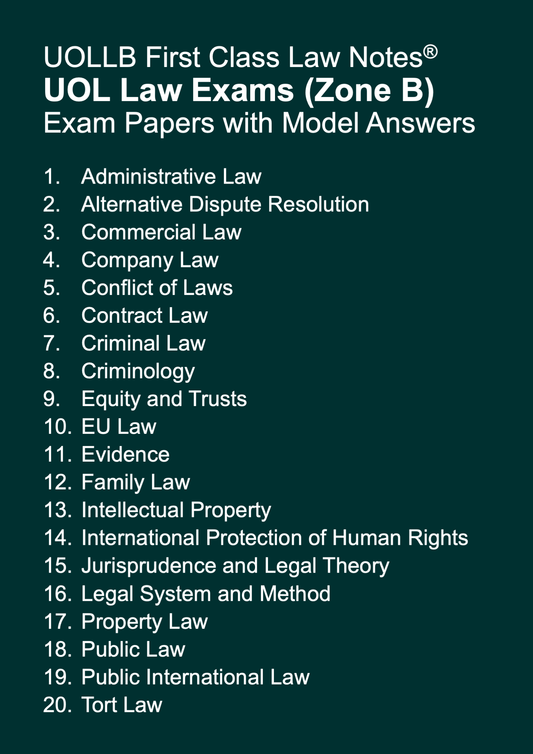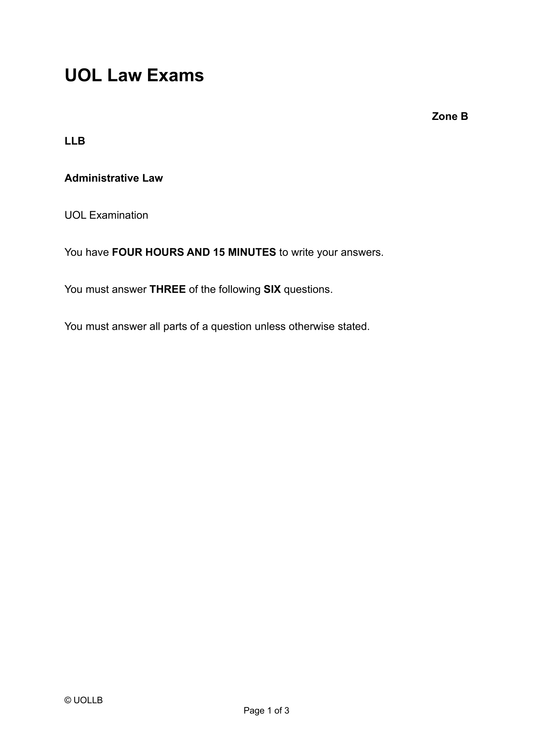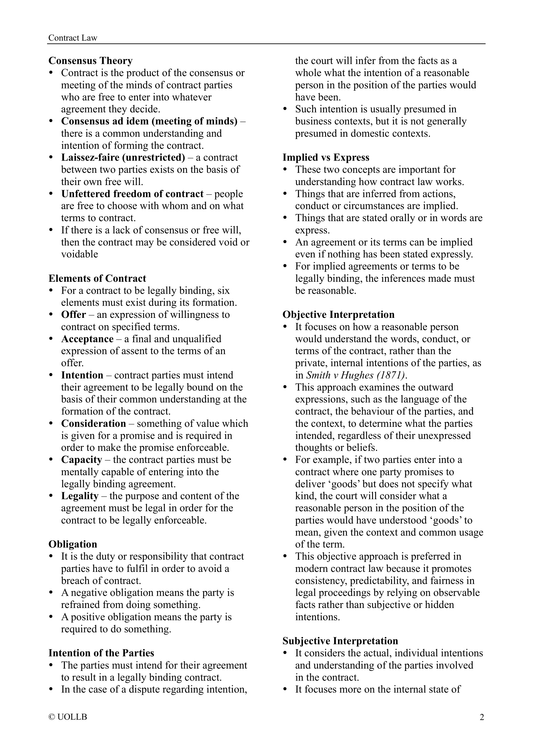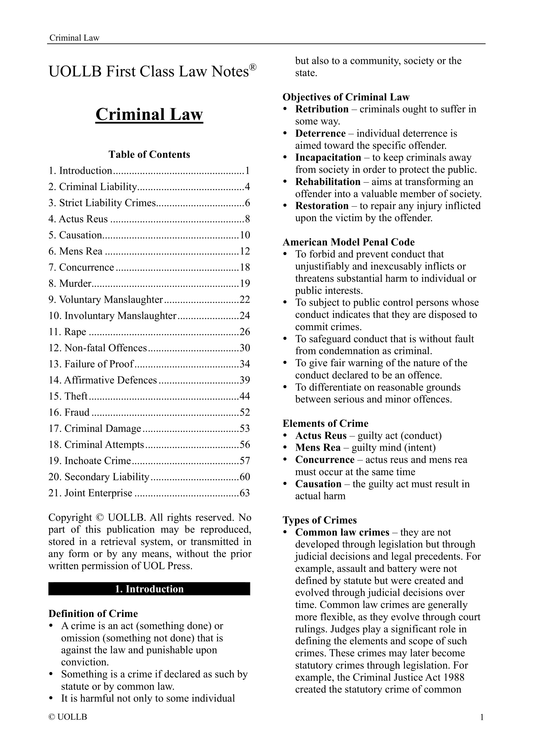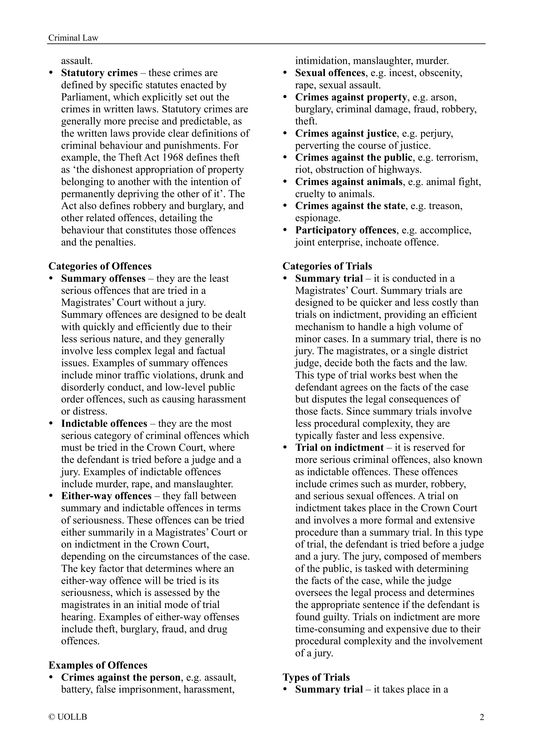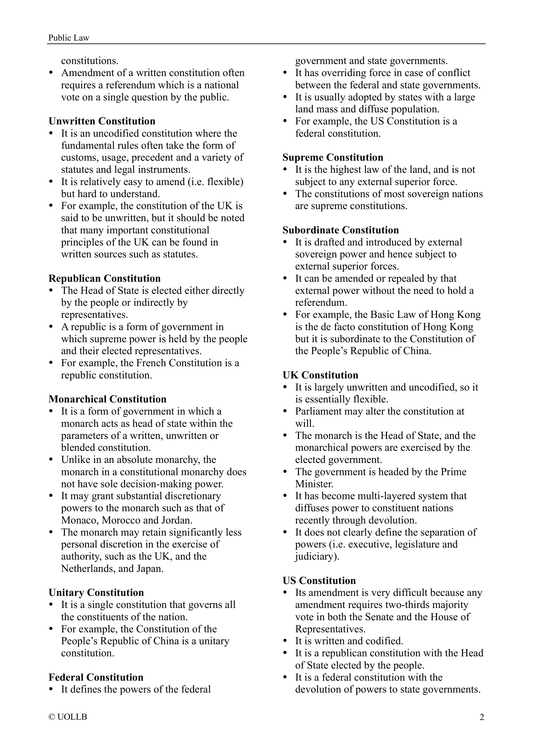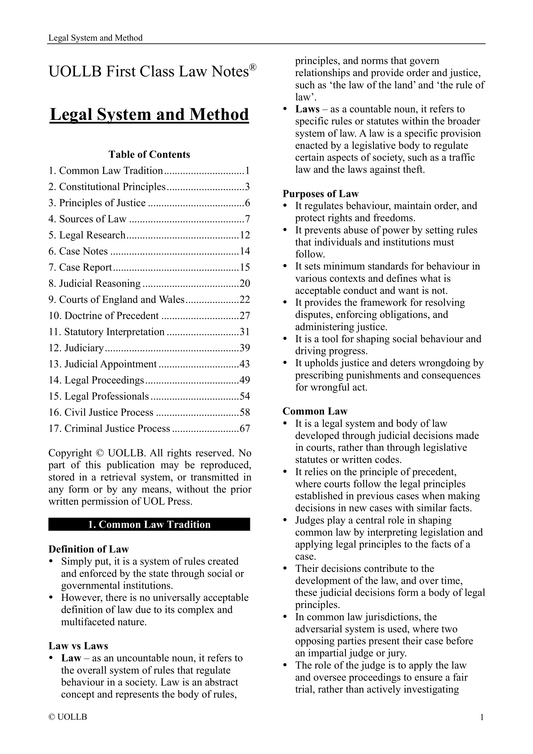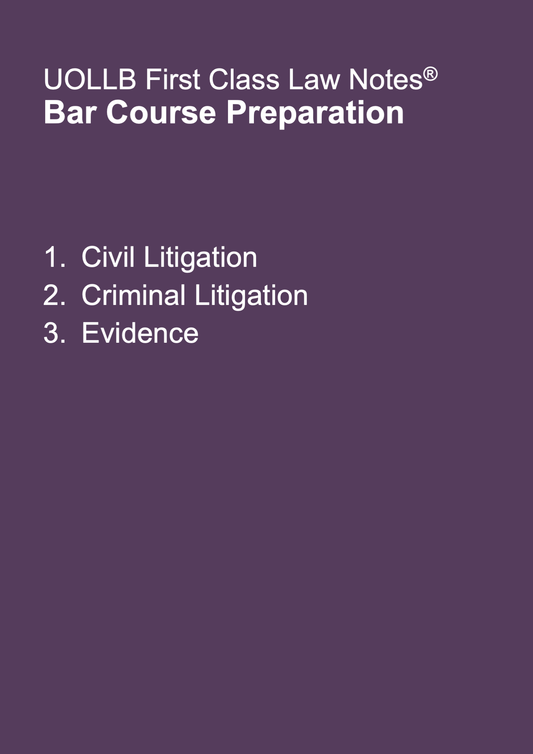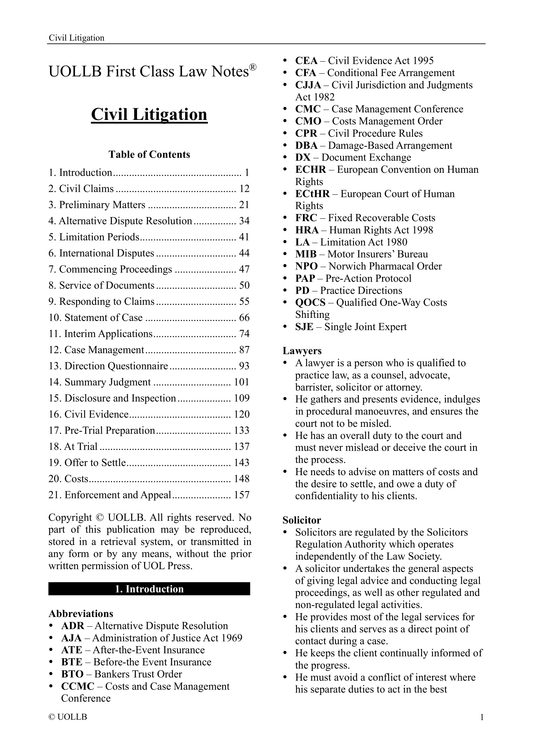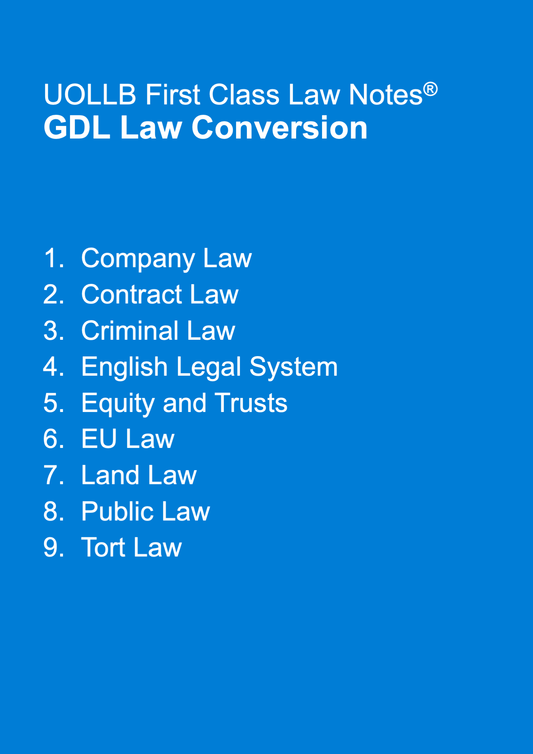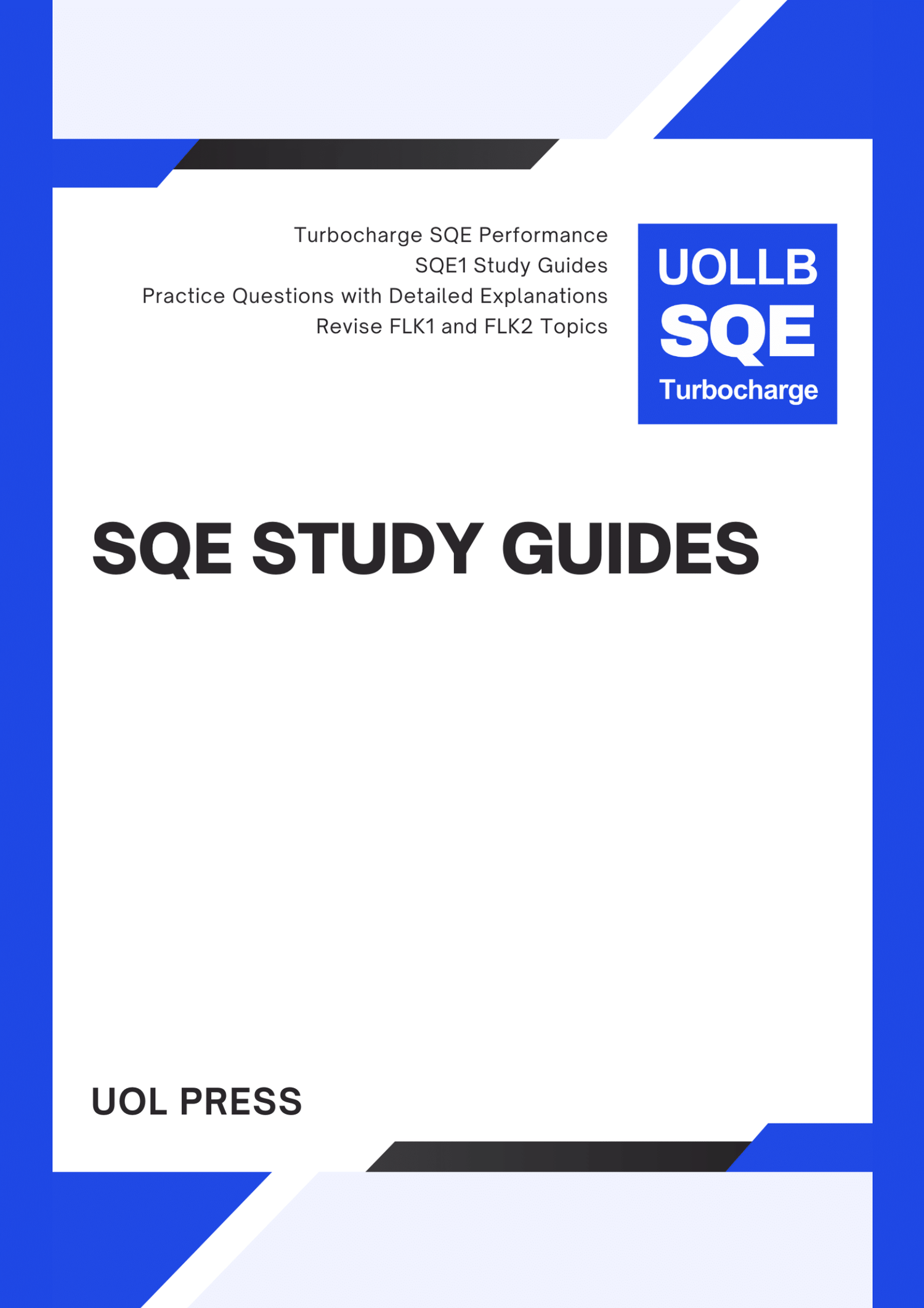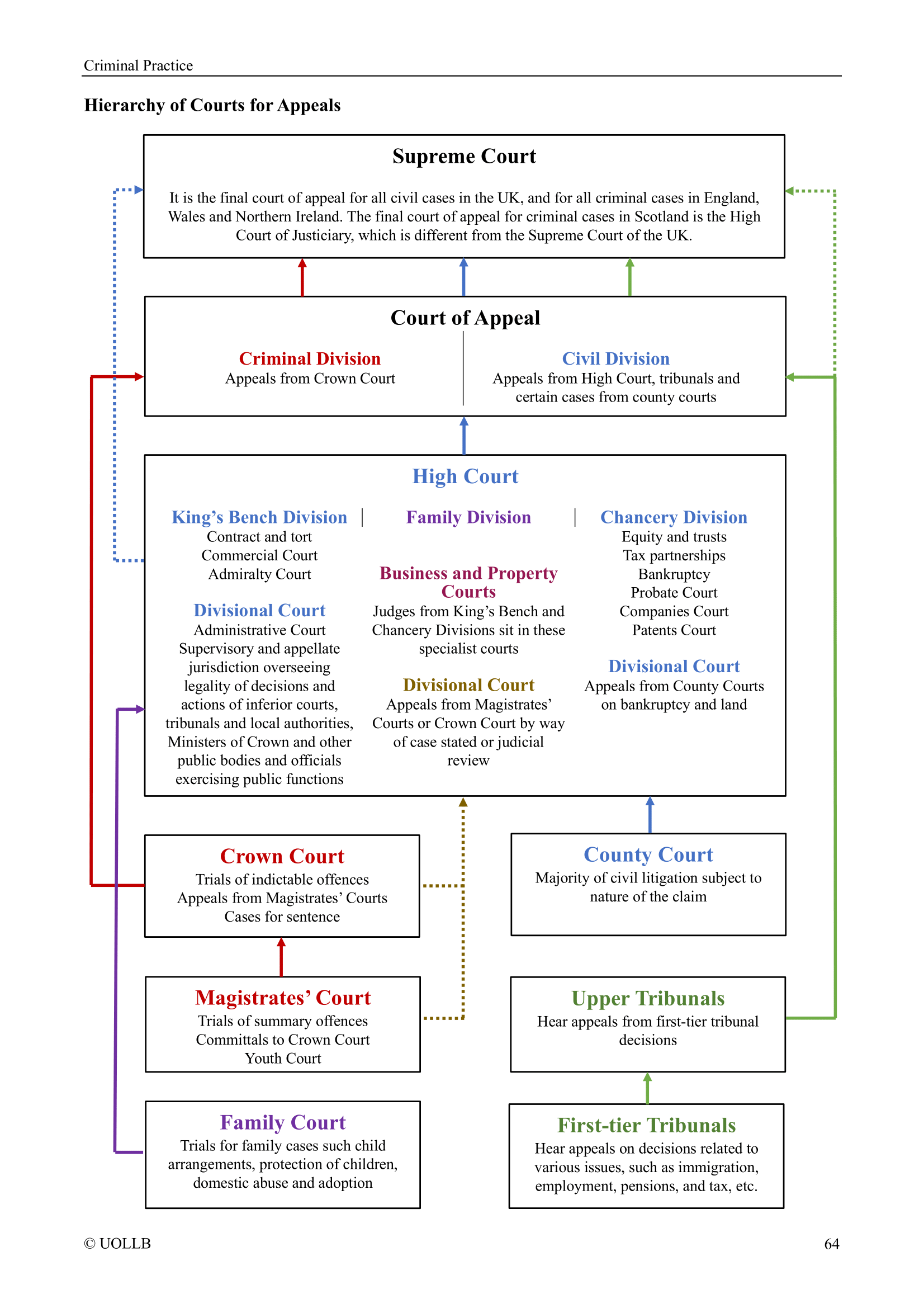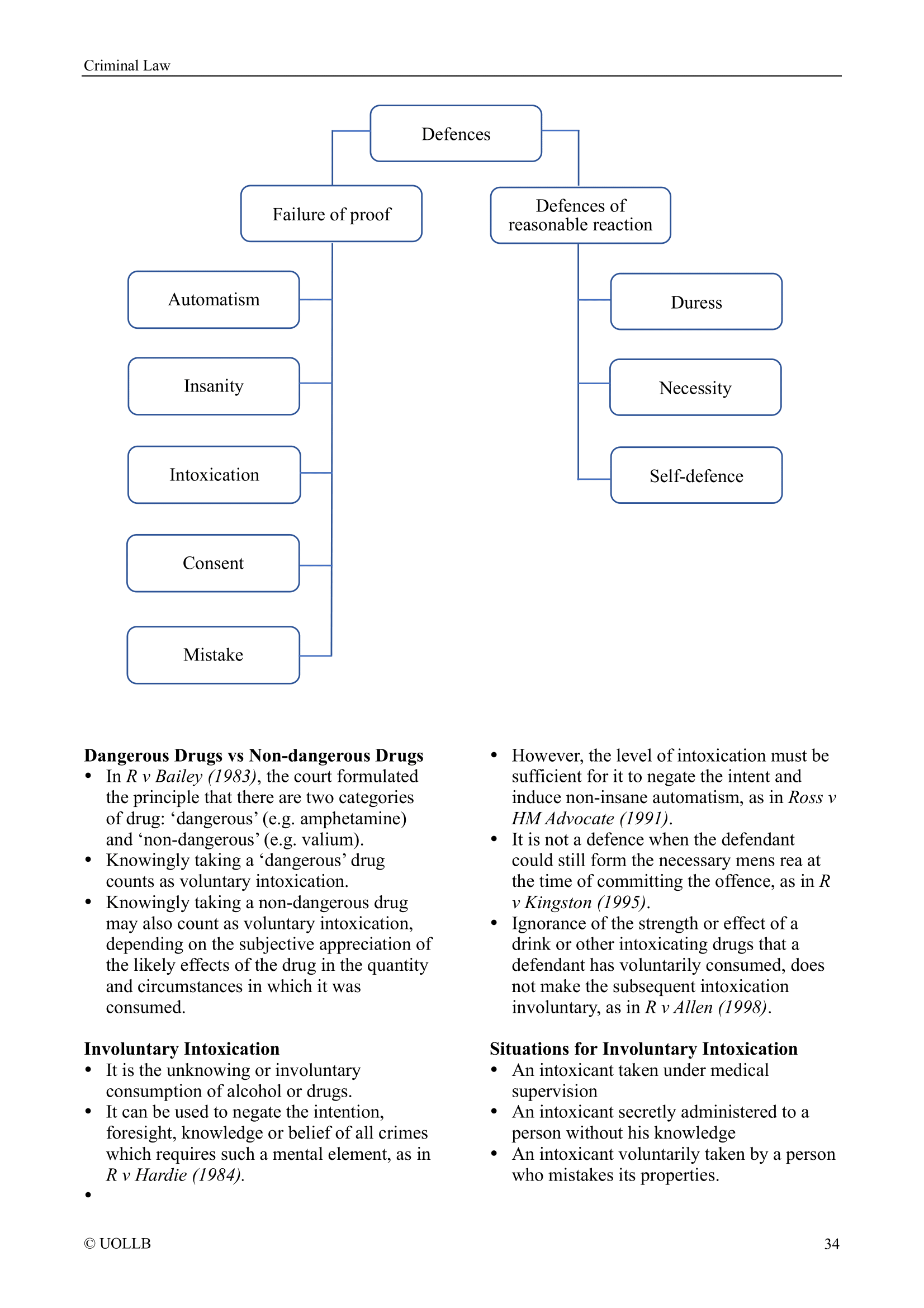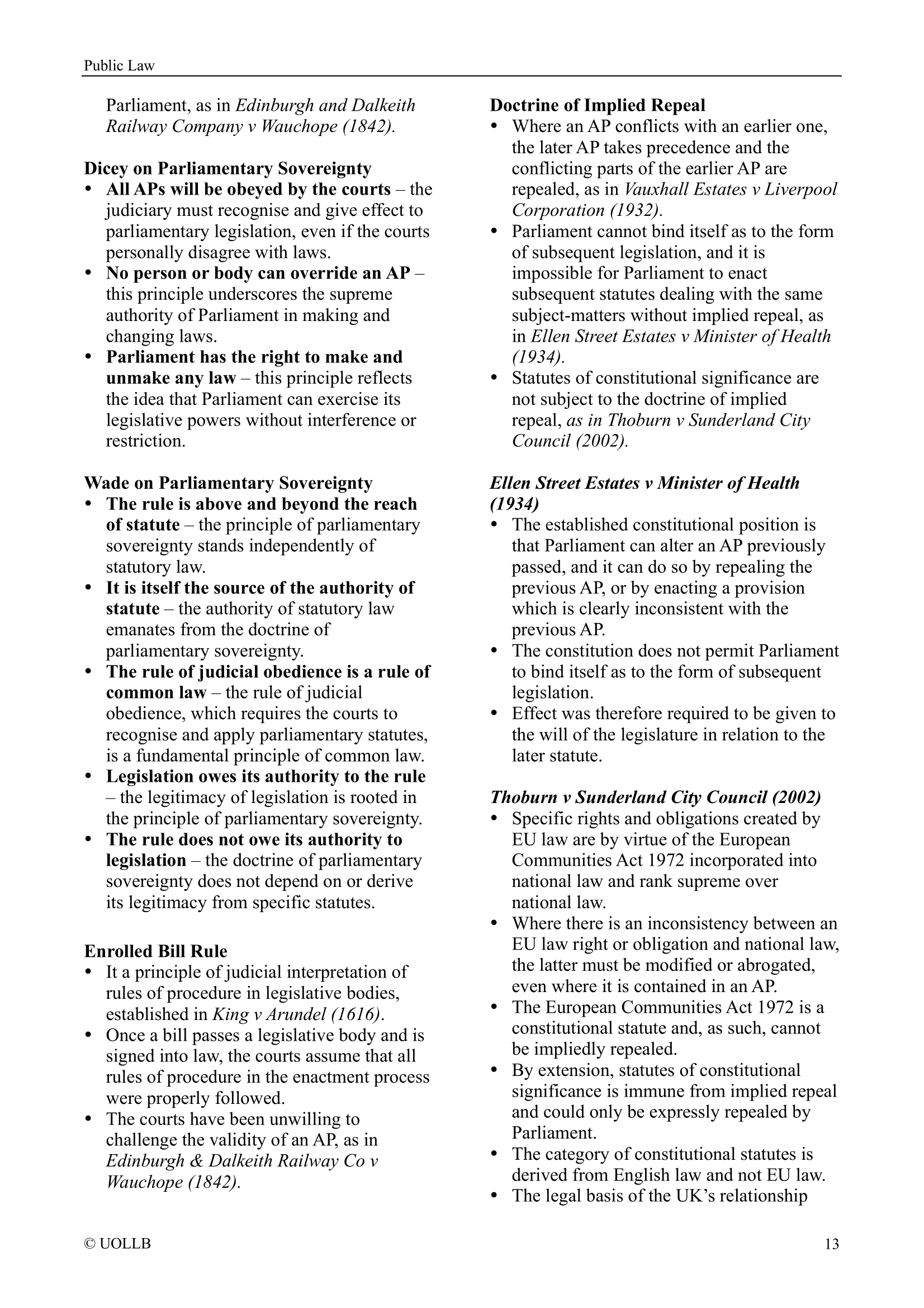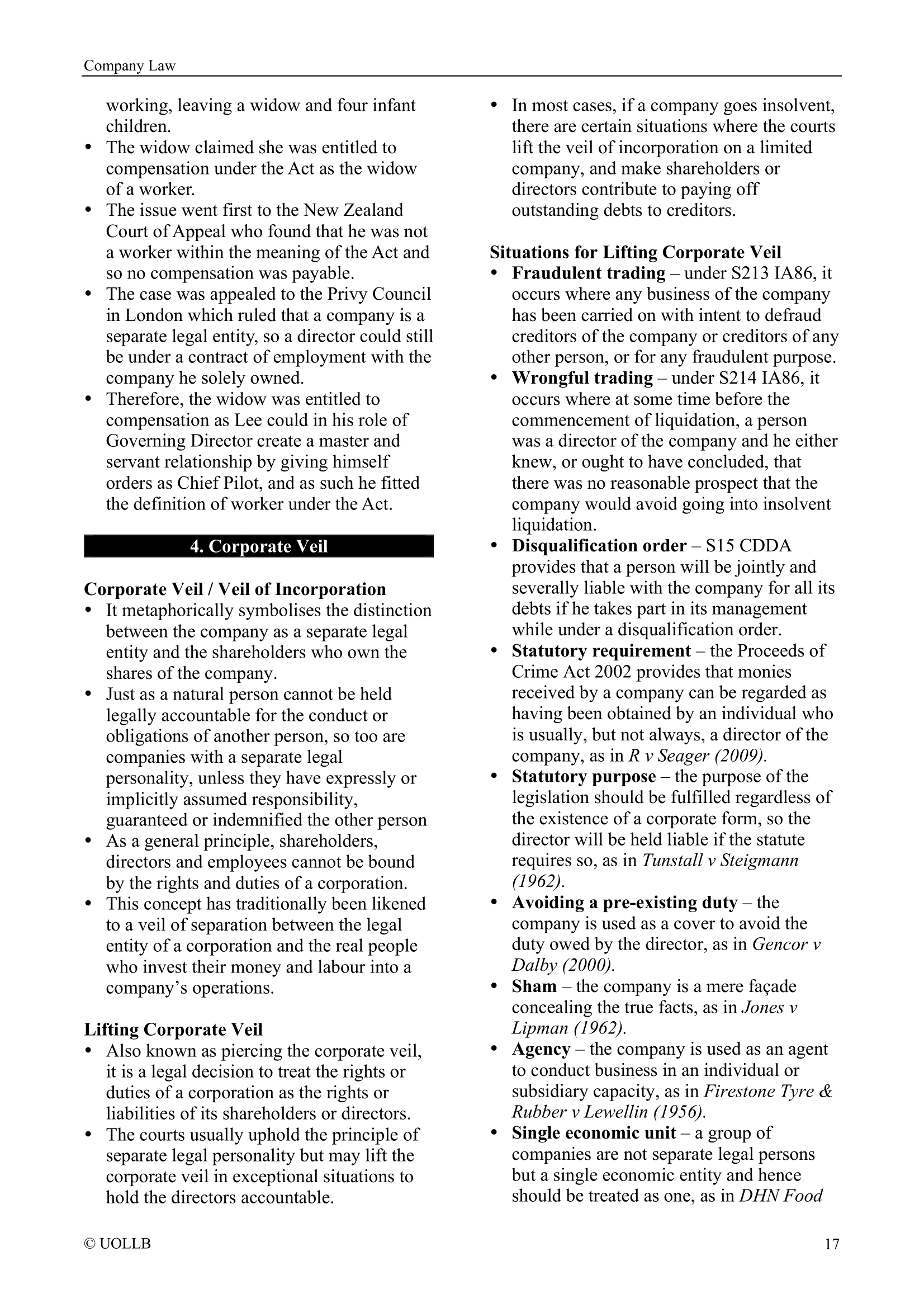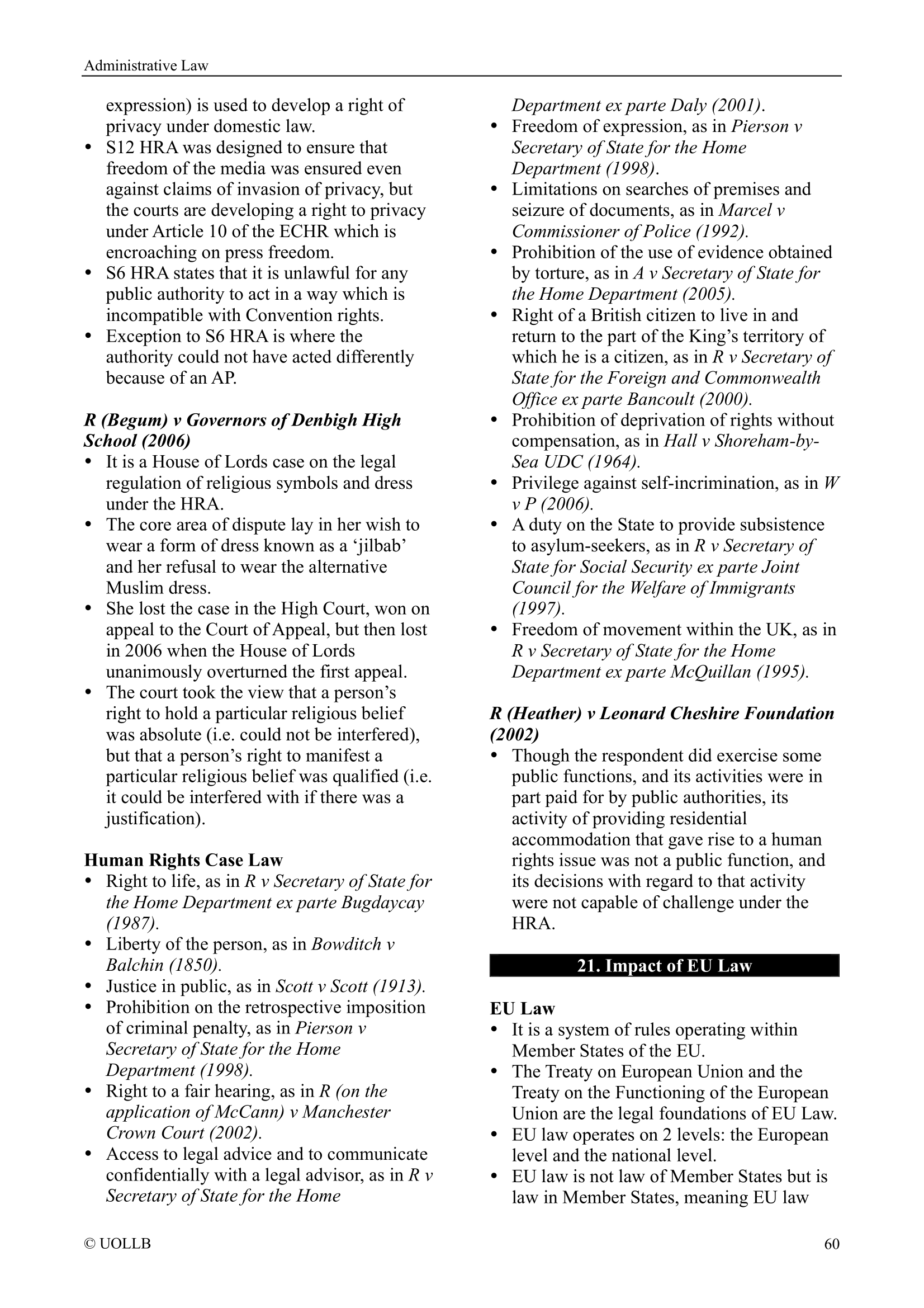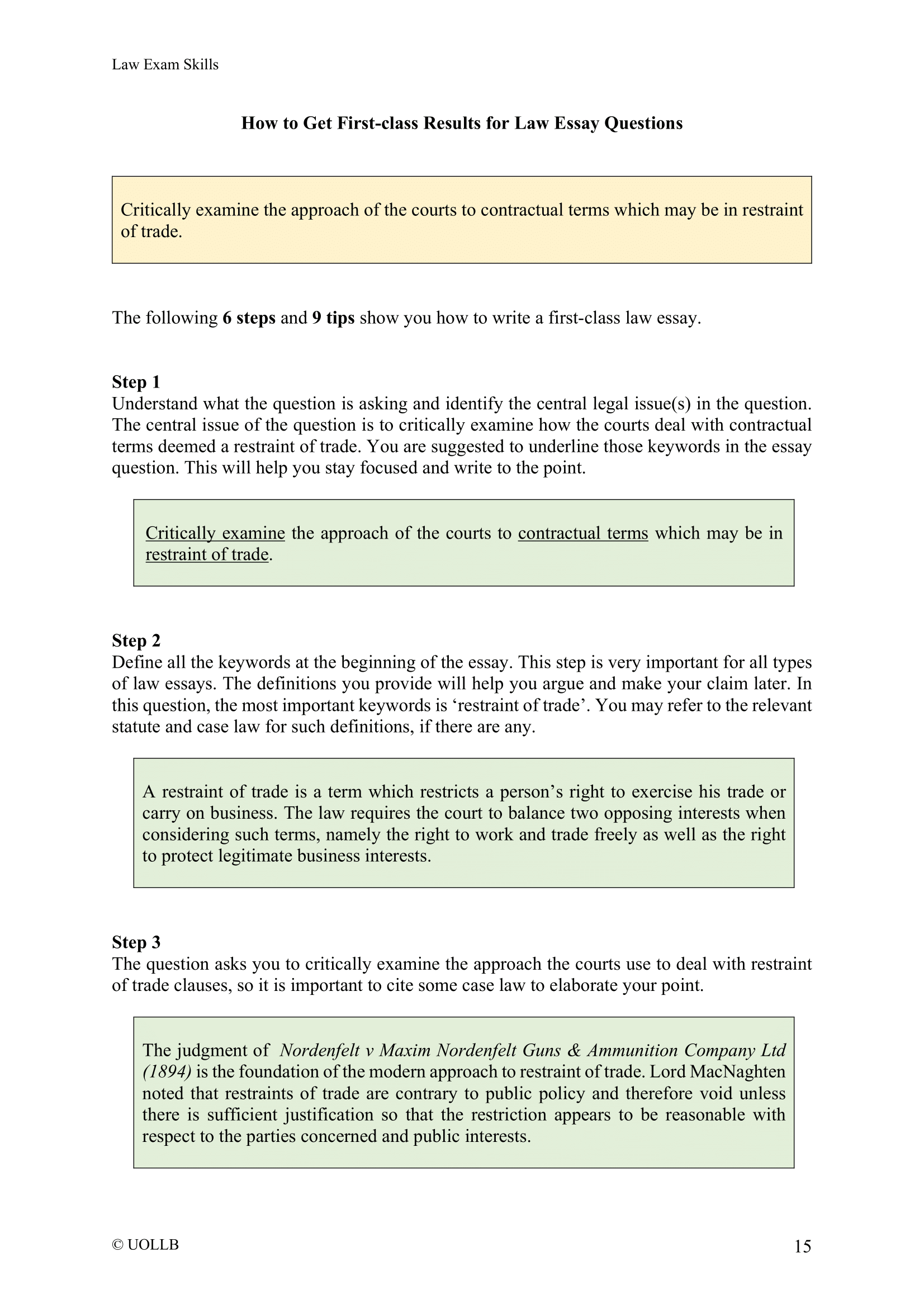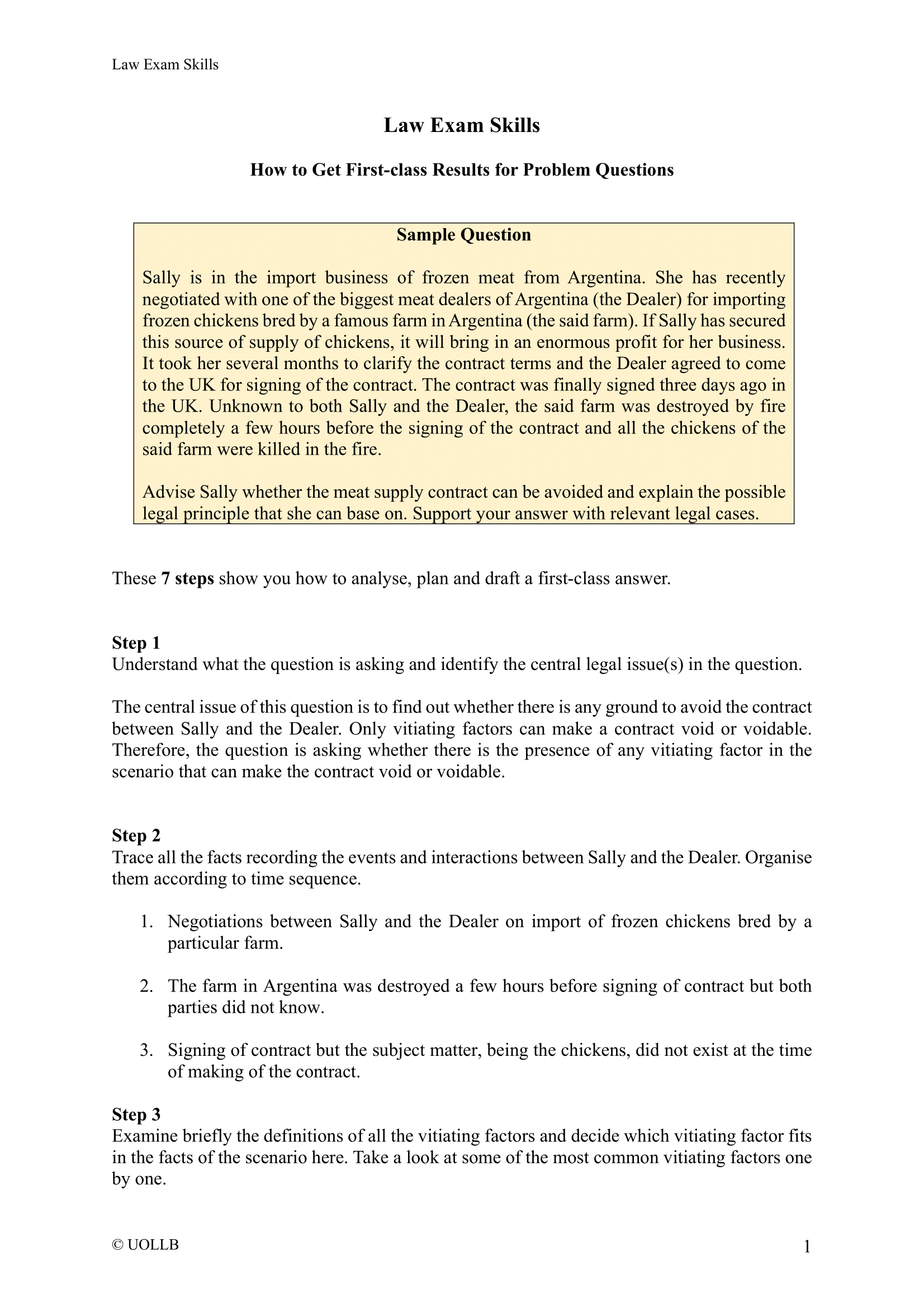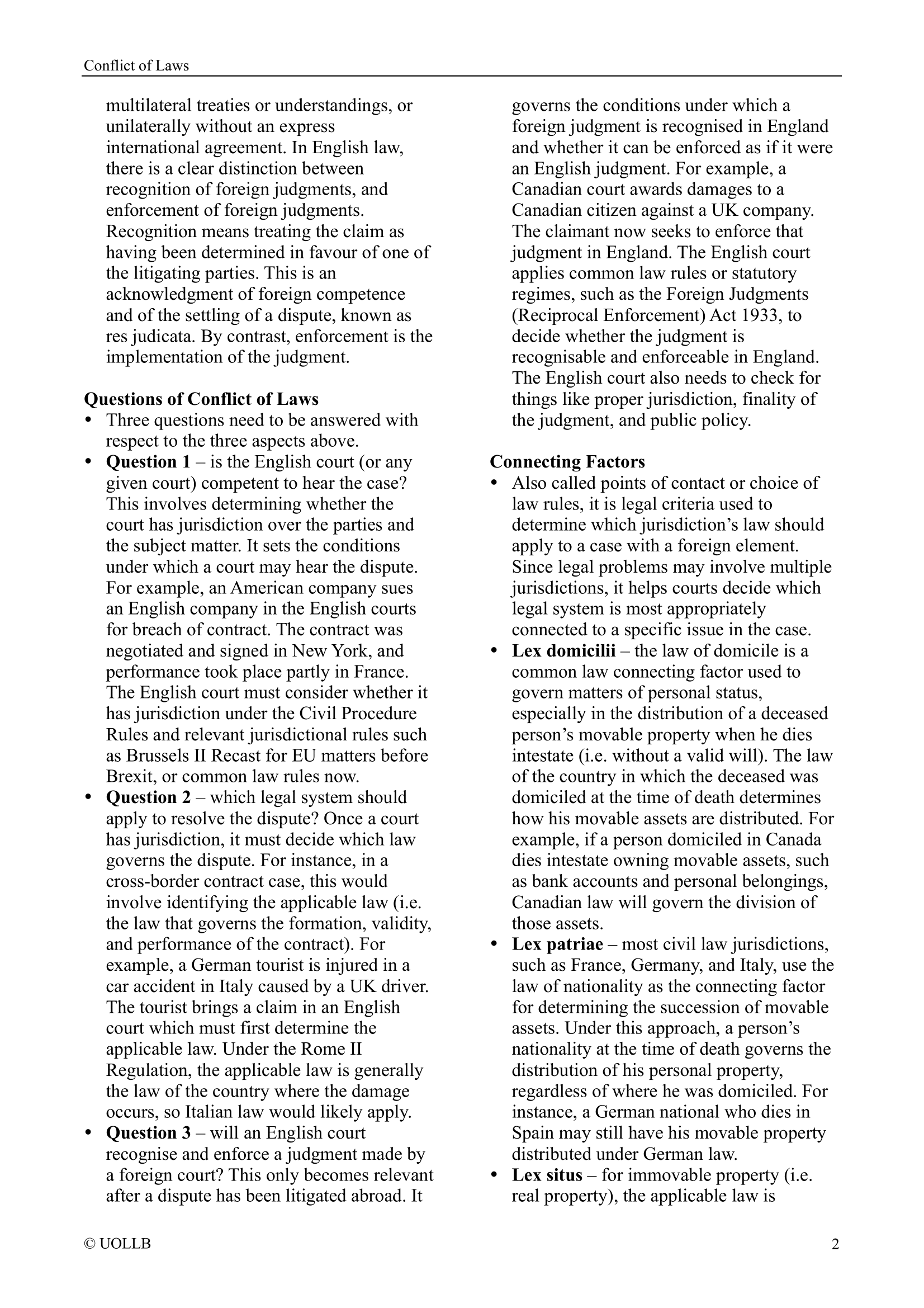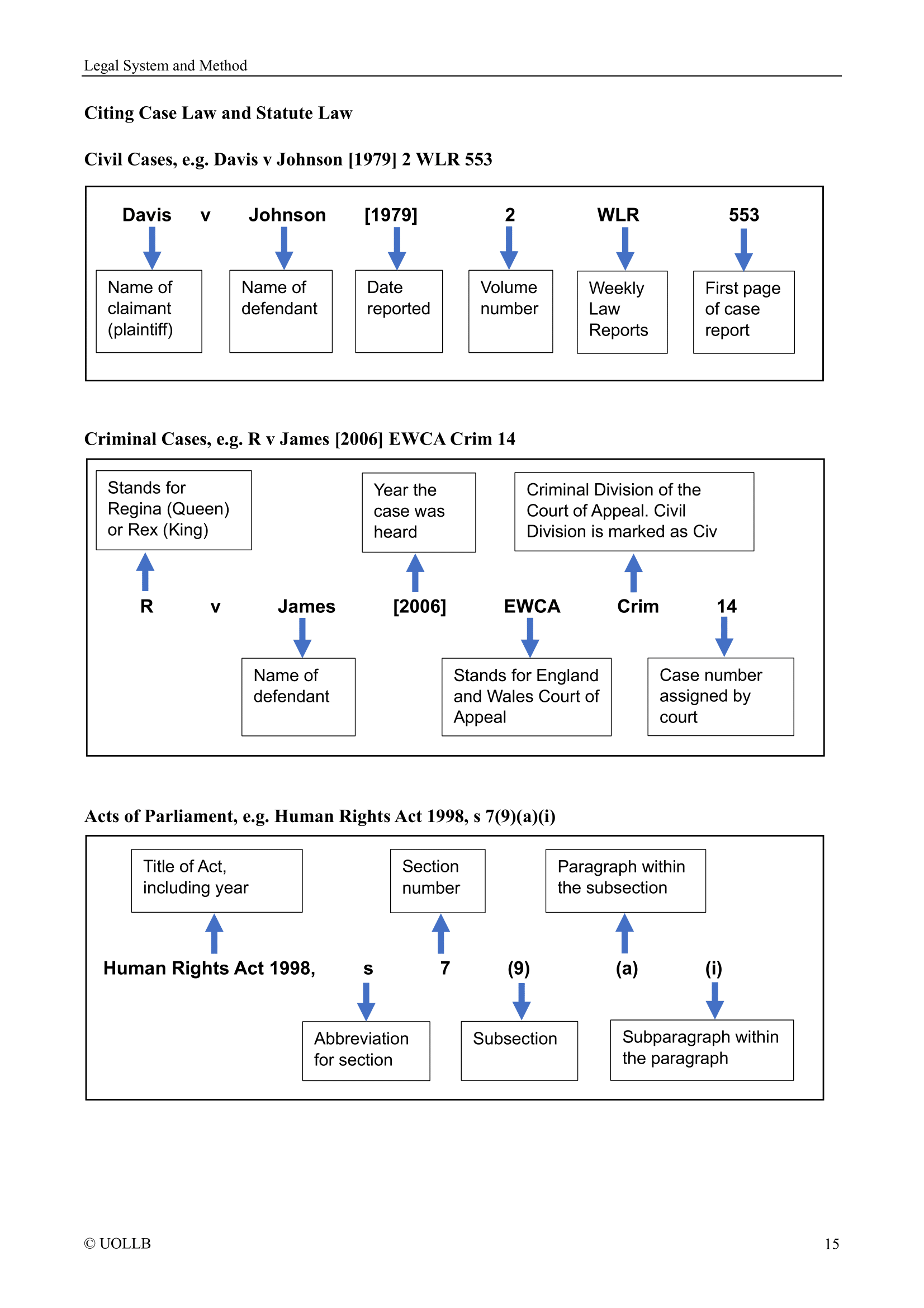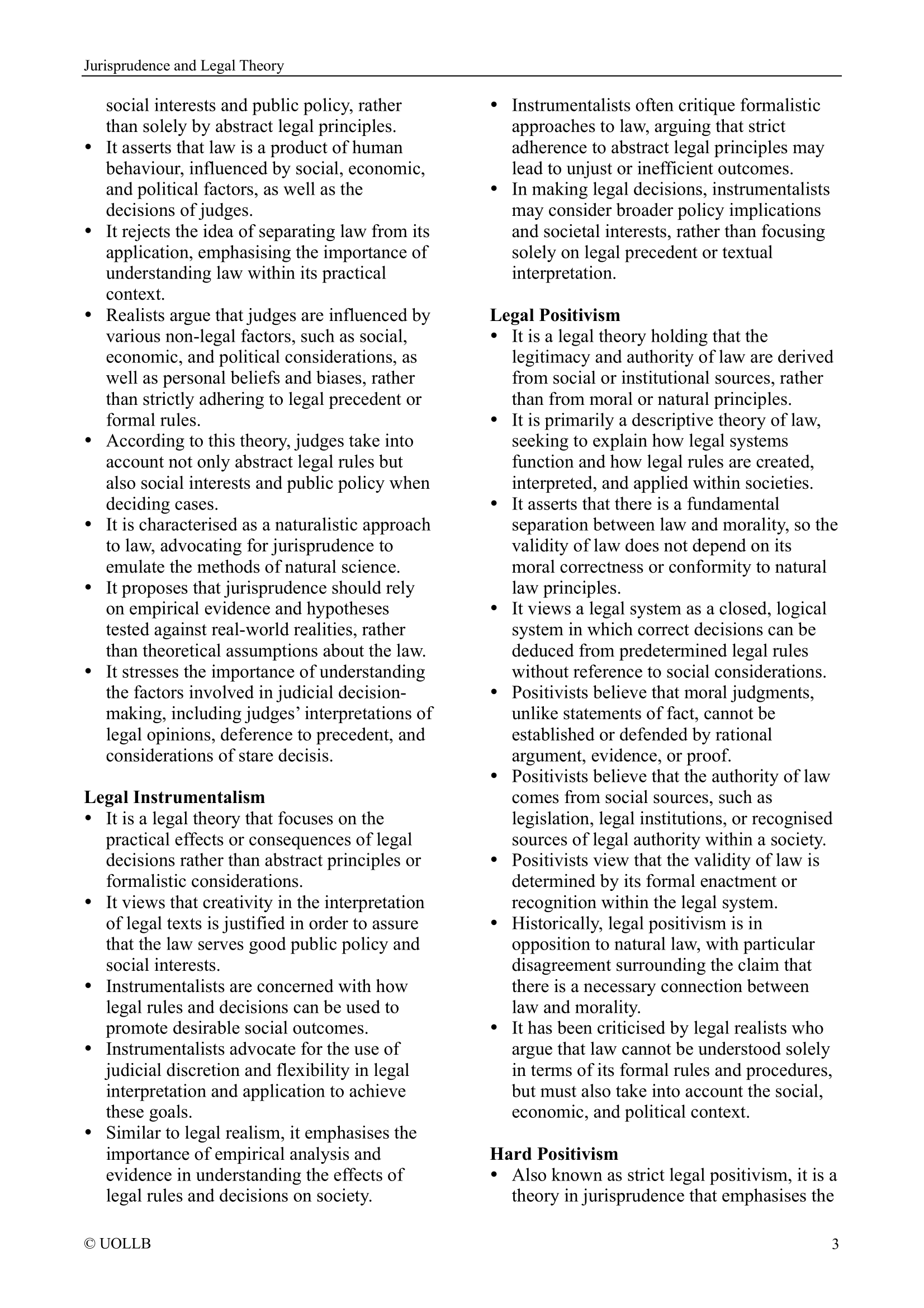Why Are There Multiple Jurisdictions in One Country?
Share
It is often assumed that a country operates under a single legal system. However, in reality, many nations have more than one jurisdiction within their borders. The term "jurisdiction" refers to the authority to make and apply laws within a specific geographic area or over a particular subject matter. Multiple jurisdictions can exist in one country for various historical, political, and practical reasons. This legal plurality allows for a more flexible approach to governance, reflecting the complexity and diversity of modern states.
One of the primary reasons for multiple jurisdictions within a single country is federalism. In federal countries, power is constitutionally divided between a central (federal) government and regional governments, such as states, provinces, or cantons. Each level of government has its own jurisdiction and legal authority in certain areas. For example, in the United States, the federal government has jurisdiction over matters like immigration and national defence, while individual states govern areas such as family law, criminal law, and education. This division allows each state to tailor laws to its specific social, cultural, and economic context, while still remaining part of a unified nation.
Another reason for multiple jurisdictions is the existence of special administrative regions or autonomous territories. These areas often have distinct legal systems due to unique historical or political circumstances. For instance, Hong Kong and Macau are Special Administrative Regions of China and operate under separate legal systems based on common law and civil law traditions, respectively. Similarly, territories like Puerto Rico (under U.S. sovereignty) and Greenland (within the Kingdom of Denmark) have their own laws and courts. These arrangements often arise from colonial histories, treaties, or agreements designed to respect local customs, languages, and institutions.
Furthermore, some countries maintain specialised courts or subject-specific jurisdictions, even within the same geographical area. For example, military courts, religious courts, and administrative tribunals may have jurisdiction over specific types of cases. In countries like Israel and Egypt, religious courts handle personal status matters such as marriage and divorce for different religious communities. This kind of jurisdictional diversity ensures that legal disputes are handled by authorities with expertise in the relevant area of law or cultural context.
In addition, legal traditions and historical developments play a significant role in shaping jurisdictional boundaries. The United Kingdom, for example, consists of three separate legal jurisdictions: England and Wales, Scotland, and Northern Ireland. Each has its own courts, laws, and legal institutions, despite being part of the same sovereign state. This arrangement reflects the historical union of previously independent countries and their continued desire to preserve distinct legal identities.
In conclusion, the existence of multiple jurisdictions within one country is not only common but often essential to effective governance. It reflects a balance between unity and diversity, central authority and local autonomy, and historical legacy and modern legal needs. By accommodating different legal systems under one national framework, countries can better serve their populations, respect cultural and regional differences, and promote justice in a way that is responsive and context-sensitive.
